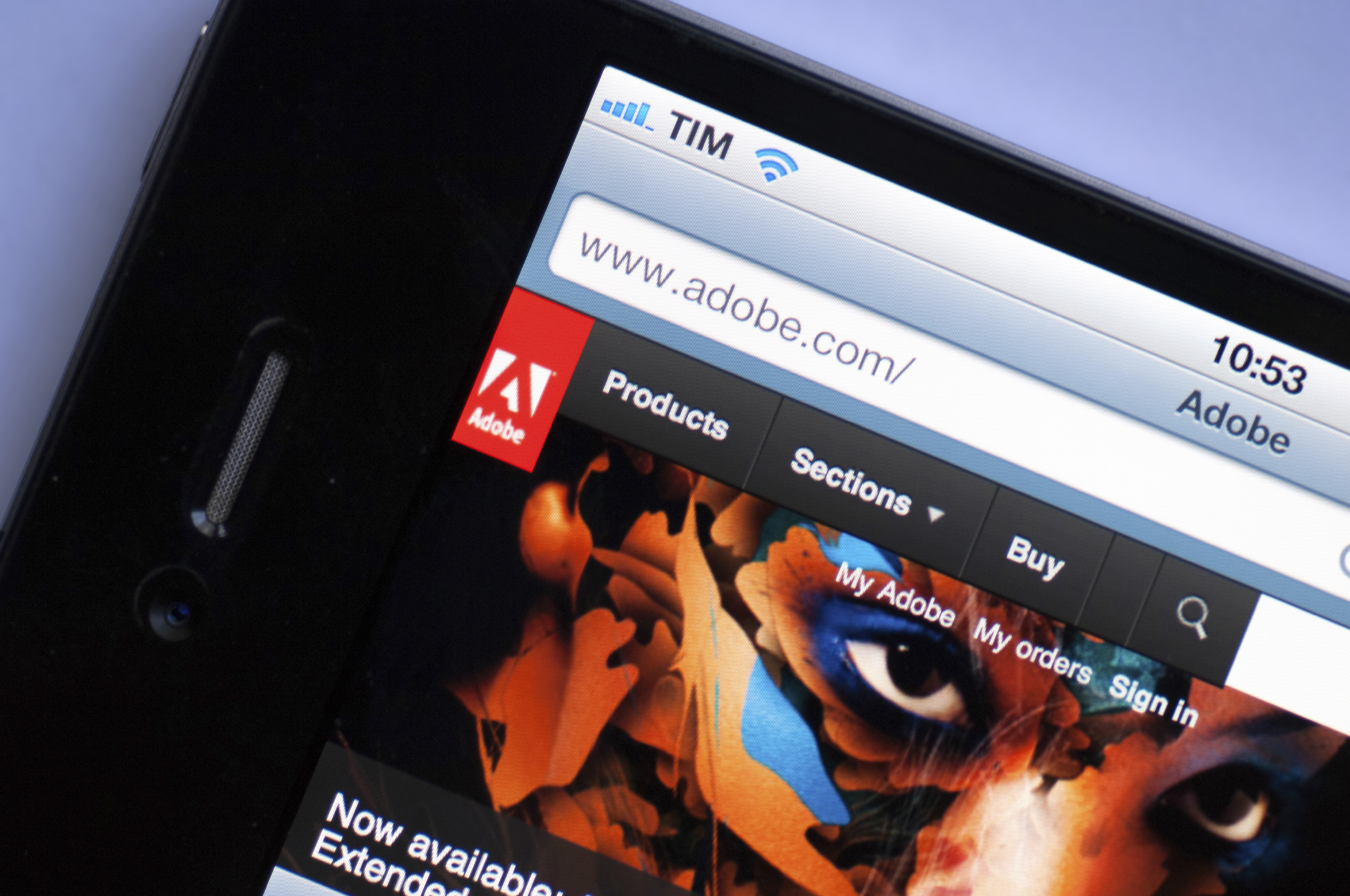What Happened
Adobe is entering the world of virtual reality with new Adobe Primetime products. The company unveiled Virtual Cinema, a feature that will allow Primetime clients to develop customizable virtual environments for users to view traditional video content in. It aims to transport viewers into a cinema, a home theater, or a branded atmosphere, where product placement will also be possible.
Moreover, Adobe is adding a tool in Primetime that produces immersive videos that viewers can enjoy in 360 or 180 degrees with a Samsung Gear VR or Google Cardboard headset. Adobe is also enabling pre-roll, mid-roll, and post-roll ads for both 360 viewing and virtual cinema.
What Brands Need To Do
By introducing these tools, Adobe is opening the door for brand marketers to enter the virtual reality space. With the quickening pace of VR development and the increasing number of platforms supporting immersive video content, virtual reality is well-positioned to capture mainstream consumer attention soon. As the audience size for VR content continues to grow, brands need to be proactive in utilizing the new tools available to reach consumers in an engaging and immersive way.
Source: AdWeek




